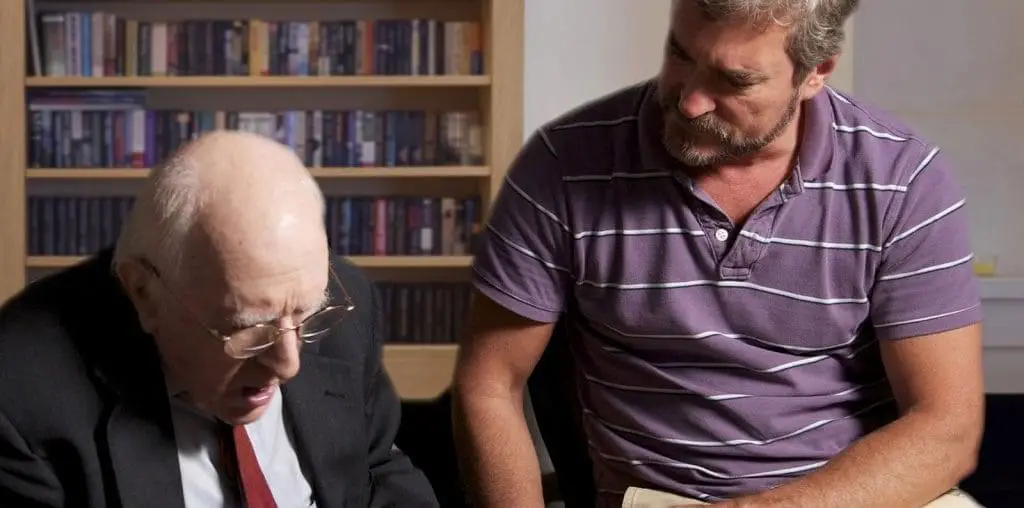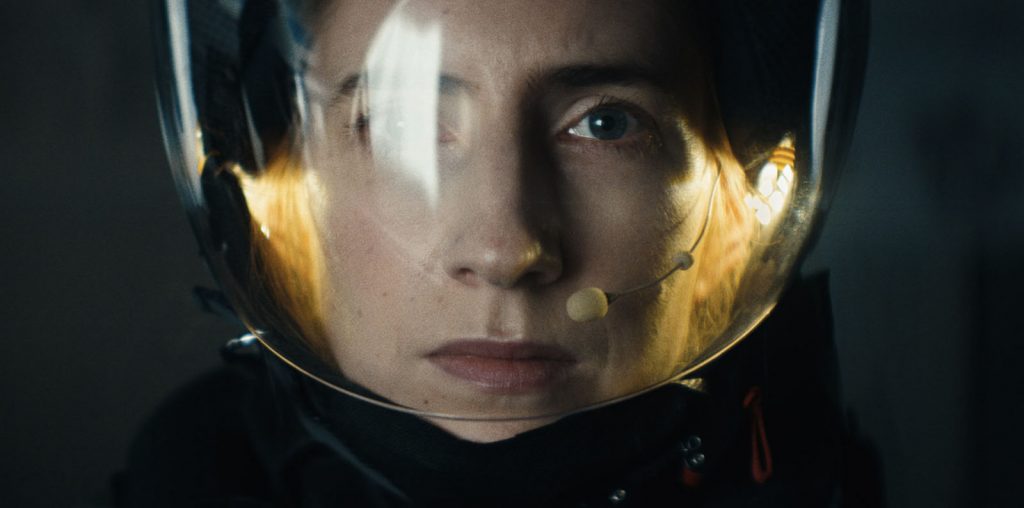
Although he’s been associated with a variety of films and TV shows, including teen fare like “Texas Rangers” and “Felicity,” director Steve Miner will always be associated with horror. Responsible of love them or hate them movies like Lake Placid and Halloween H20, Miner began his directing career with the Friday the 13th series before movie onto the first installment in another longstanding horror franchise, “House.” Unbeknownst to even most horror fans, “House” was in the Guniess Book of World Records as the movie with the most sequels until recently surpassed by the most recent “Friday the Thirteenth” movie, Jason X.
Obviously, “House” or the ensuing franchise never achieved the notoriety of the Friday the 13th movies. It is easy to see why the sequels failed to garner attention; unlike most horror franchises, they had no central villain to tie them together and have little in common with each other save the name. Many were not even released in the United States under the “House” name. Despite the low quality of the sequels (with the exception of House 2,) the original stands on its own as a damn fine little horror film.
“House” is the story of Roger Cobb (William Katt), a horror novelist plagued by nightmares of his estranged son and his experiences in Vietnam. After the apparent suicide of his aunt, he moves into his family home, which is said to be haunted. Soon after he moves in, Roger begins to see strange things, and is soon fighting off vicious attacks from flying tools, monsters in the closet, and vivid memories of the war. After surviving repeated close calls with the evil presence in the house, Roger begins to realize that there is a pattern to the haunting, and that it ties into the mystery of his son’s disappearance.
Unlike many other haunted house movies, “House” manages to find a convincing reason for the main character to stay in the house by tying the haunting directly to Roger’s emotional problems. Since his plight is so central to the plot of the film, Roger is quite a likable and sympathetic protagonist. As Roger, William Katt delivers the type of solid performance missing from most current horror films. His fear and distress is convincing throughout the film, and so is his comedic timing. Although not as comically-oriented as the first sequel, “House” contains several scenes played for laughs. Certain gags are particularly well-executed, especially Roger’s fight with an obese female demon. After shooting the beast and chopping it up with an axe, Roger tries to conceal the still-active body parts from the police officers who show up at his door. It is the type of slapstick that has been done many times before, but it stands out from the pack as it manages to be genuinely funny while maintaining an unusually high level of suspense.
The dismemberment scene is indicative of the movie as a whole. Like Evil Dead, “House” is a rare horror-comedy that manages to blend the two elements without either overpowering the other. The suspense continues through the funny moments, and even serves to accentuate some of the scares; scenes that wouldn’t generate much of a jump in a straight horror movie work better in “House” because the switch between comedic and horrific moments happens so rapidly. Perhaps if Steve Miner had focused more on horror movies, clever films like “House” would have elevated him to the likes of Wes Craven or Clive Barker, but for now he’ll have to remain a footnote in horror history.

